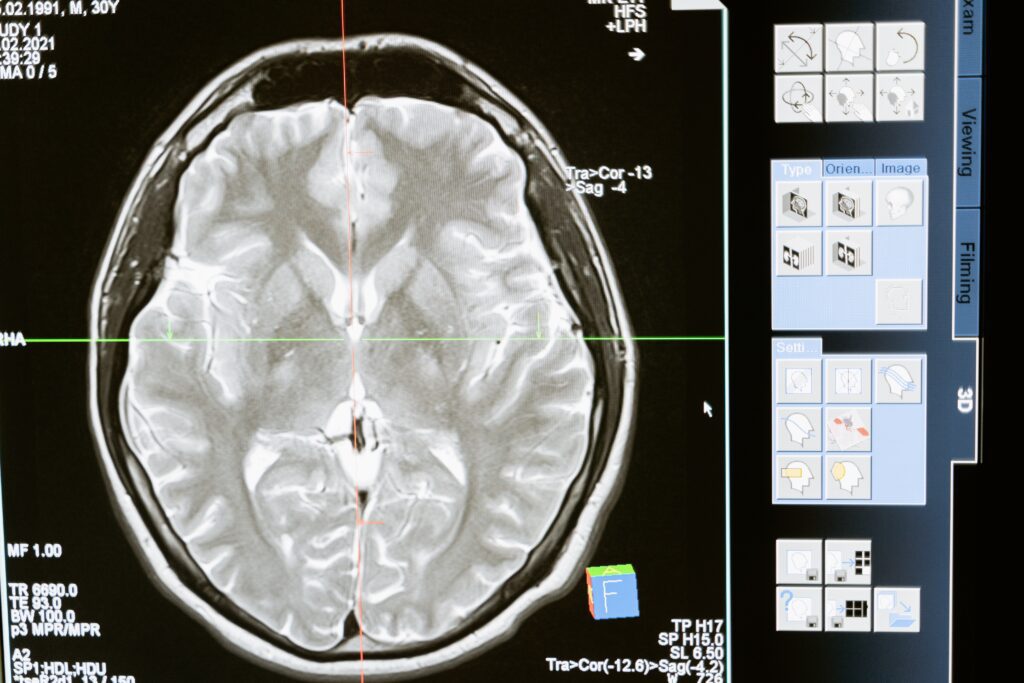Fatal Mad Cow-Like Form of Dementia Discovered in US

Fatal Mad Cow-Like Form of Dementia Discovered in US
A newly discovered form of dementia, which resembles the so-called mad cow disease in its development, has turned up in the United States and claimed 10 lives after the victims gradually lost their mental and motor functions and became unable to think, speak or move.
While 16 cases of the dementia have been identified, the total number of people with the condition is not known, said Pierluigi Gambetti, director of the National Prion Disease Pathology Surveillance Center at Case Western Reserve University in Cleveland.
Gambetti and colleagues wrote about discovery of the disease, called PSPr (for protease-sensitive prionopathy), in the online version of the journal Annals of Neurology, noting that its origin and method of spreading remain a mystery. PSPr resembles CJD, or Creutzfeldt-Jakob disease, but is distinct from the condition that’s become known as mad cow disease.Gambetti said that while the disease is just now being reported, he believed it had been around for some time and may have been mistaken for other forms of dementia.
The 16 verified cases include 11 described in the research paper and five more that have since been diagnosed. Autopsies of the 10 victims showed their brains to have the trademark damage that is normally associated with CJD.
The type of CJD most resembling the newly-discovered dementia differs from vCJD, which is directly tied to mad cow disease. Mad cow disease is contracted from eating infected cows’ brains or spinal cord tissue, while this latest form of CJD appears to be genetically caused, Gambetti’s team noted.
This new dementia is fast-advancing and is characterized by loss of movement and speech. Testing of these cases to determine whether they, in fact, were CJD instead of dementia proved negative, Gambetti said.
He suggested there might be a genetic link because the patients all had a family history of dementia but did not carry they CJD gene. However, post mortems on the patients who died showed the familiar sponginess in the brain tissue that results when misshapen brain proteins or “prions” accumulate in the brain.
Gambetti suggested there might be a genetic link because the patients all had a family history of dementia but did not carry they CJD gene.

